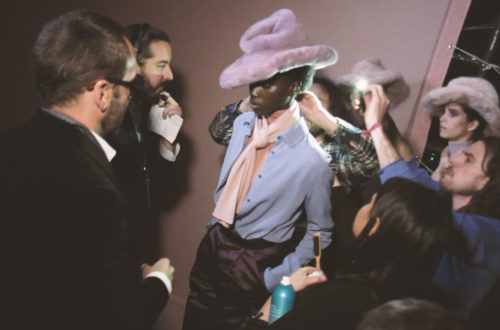In recent years Amazon has increasingly tried to gain market share in the online retail-business. One key step in this process was the launch of their ‘Prime Wardrobe’ service which allows customers to try on items at home before buying them. The launch of the e-commerce giant’s latest service lead to a slump in shares of many US department stores such as Macy’s and Nordstrom but also of European online specialists such as ASOS and Zalando.
Through this initiative and many others such as launching a private label Amazon has managed to ramp up its presence in the apparel market and currently boasts a 29 percent share of the US fashion e-commerce market. Many people believe that the growing presence of Amazon in this sector poses a great threat to department stores: users have access to a huge amount of different brand, more than any one department store could offer.
Nonetheless, according to data published by the trend forecasting company WGSN, the e-commerce giant is still not viewed as a fashion authority by consumers: in the minds of the womenswear consumers, Amazon is still not seen as a go-to shopping destination.
 The survey tested people’s perception of brands and when the subjects were asked which they believed the main destinations for shopping for women’s clothes were, only 6 percent named Amazon. Customers might use Amazon to buy something specific but to browse or shop in general, customers tend to still do so on other websites. It is believed that the main reason for Amazon’s lack of success in this aspect of its growth is that online shopping is emotional and linked to aspirations to a certain lifestyle and while Amazon can offer many brands, customers don’t identify Amazon with a lifestyle or aspiration.
The survey tested people’s perception of brands and when the subjects were asked which they believed the main destinations for shopping for women’s clothes were, only 6 percent named Amazon. Customers might use Amazon to buy something specific but to browse or shop in general, customers tend to still do so on other websites. It is believed that the main reason for Amazon’s lack of success in this aspect of its growth is that online shopping is emotional and linked to aspirations to a certain lifestyle and while Amazon can offer many brands, customers don’t identify Amazon with a lifestyle or aspiration.
However, even if Amazon lacks fashion authority, companies should not underestimate the giant’s further potential for growth: fast fashion is about the consumer having all choices and shopping being as convenient as possible and Amazon does well on both of those fronts.





